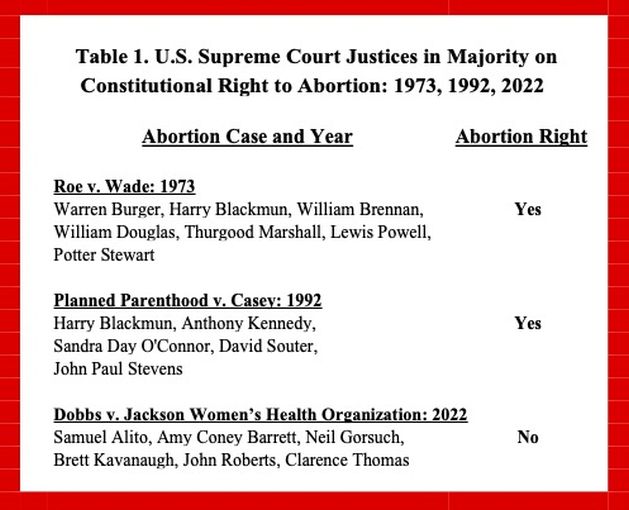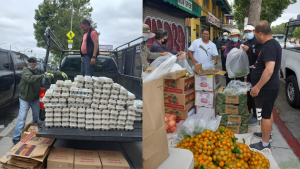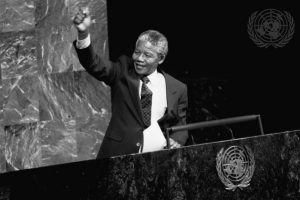Nyxoah Announces CE Mark Approval for Genio 2.1
The next generation external activation chip leverages Nyxoah's scalable platform to continuously enhance patient comfort and therapy efficacy
Mont–Saint–Guibert, Belgium "" July 18, 2022, 10:30pm CET / 4:30pm ET "" Nyxoah SA (Euronext Brussels/Nasdaq: NYXH)("Nyxoah" or the "Company"), a medical technology company focused on the development and commercialization of innovative solutions to treat Obstructive Sleep Apnea (OSA), today announced that the DEKRA Notified Body has approved the use of Nyxoah's next generation Genio 2.1 system for patients in Europe. As with the recent approval of Genio 2.1 by the U.S. FDA for use in the DREAM U.S. IDE pivotal study, this CE mark pertains entirely to the external components of the Genio system and will be available to all patients who have received Genio implants.
Genio 2.1 is designed to improve patient comfort and compliance with a new smartphone application and upgraded external activation chip. Genio 2.1 offers patients daily feedback on therapy usage and the autonomy to adjust stimulation amplitude within pre–defined boundaries. Physicians can fine–tune stimulation amplitude to determine the optimal level of comfort for patients without compromising therapy efficacy. Additional embedded sensors will allow physicians to further tailor therapy stimulation parameters based on patient position and throughout the night.
"Genio 2.1 embodies the patient–centric design and the scalability of the Genio platform with features that allow for greater customization of therapy to meet individual patient's needs," commented Olivier Taelman, Nyxoah's Chief Executive Officer. "Importantly, these additional features are made available without the need for a surgical procedure to replace the implantable component. We are excited to launch Genio 2.1 in Europe, strengthening our vision to address the needs of OSA patients with and without Complete Concentric Collapse (CCC) and further accelerating market share gains."
About Nyxoah
Nyxoah is a medical technology company focused on the development and commercialization of innovative solutions to treat Obstructive Sleep Apnea (OSA). Nyxoah's lead solution is the Genio system, a patient–centered, leadless and battery–free hypoglossal neurostimulation therapy for OSA, the world's most common sleep disordered breathing condition that is associated with increased mortality risk and cardiovascular comorbidities. Nyxoah is driven by the vision that OSA patients should enjoy restful nights and feel enabled to live their life to its fullest.
Following the successful completion of the BLAST OSA study, the Genio system received its European CE Mark in 2019. Nyxoah completed two successful IPOs: on Euronext Brussels in September 2020 and NASDAQ in July 2021. Following the positive outcomes of the BETTER SLEEP study, Nyxoah received CE mark approval for the expansion of its therapeutic indications to Complete Concentric Collapse (CCC) patients, currently contraindicated in competitors' therapy. Additionally, the Company is currently conducting the DREAM IDE pivotal study for FDA and US commercialization approval.
For more information, please visit http://www.nyxoah.com/.
Caution "" CE marked since 2019. Investigational device in the United States. Limited by U.S. federal law to investigational use in the United States.
Contacts:
Nyxoah
Loic Moreau, Chief Financial Officer
corporate@nyxoah.com
+32 473 33 19 80
Jeremy Feffer, VP IR and Corporate Communications
jeremy.feffer@nyxoah.com
+1 917 749 1494
Attachment














